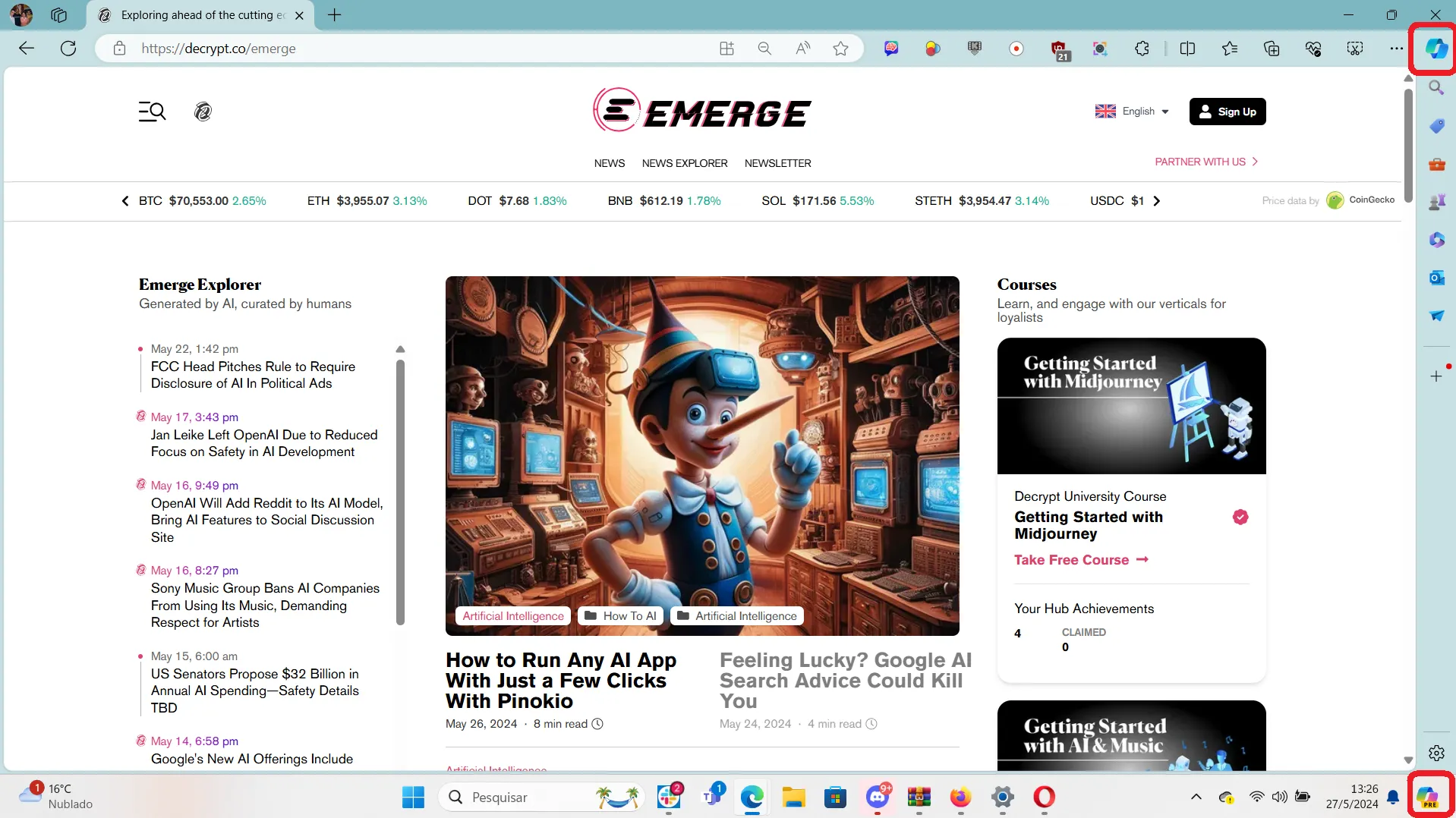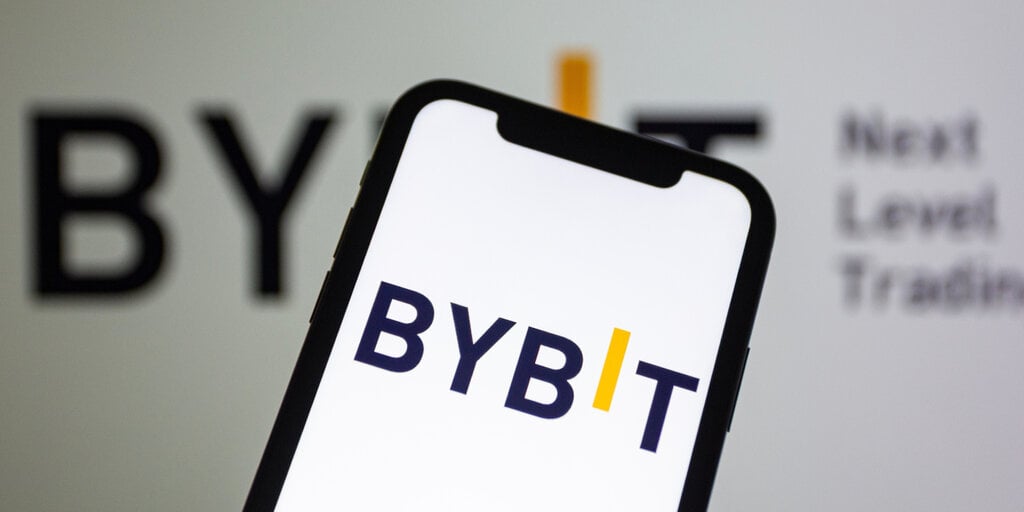
Once upon a time (late 20th century), search engines indexed the open, decentralized web to help you find the information you were looking for. You’ll be shown an ad or two and then taken to the source.
Since then, ads have become more numerous and harder to distinguish from content, and that content has been polluted by SEO-optimized websites trying to show more ads. But now, due to the explosive spread of AI, even the meaning of the verb ‘Google’ is changing. Instead of sending you to a source of information, the tech giants now provide you with answers right away. No need to go anywhere else or look at other people’s ads!
But the answer was unreliable and even dangerous.
“AI Overview” and “Search Generated Experiences” Can we go back and simply see a list of link rankings instead of AI rewrites and spammy searches? With a few modifications and hacks, the answer is yes.
Remove Google from Chrome, Edge, and Brave
For better or worse, Google is developing Chromium, the world’s most popular web browser engine. Not only does it serve as the foundation for Chrome, it’s also behind Microsoft’s Edge browser and alternative browsers like the privacy-focused, cryptocurrency-savvy Brave. Fortunately, this means that the same settings will get you closer to clean search results across these browsers and the platforms they run on (Windows, MacOS, Linux).
The following changes to Chromium settings will make Google’s newly separated and potentially devalued “Web” search section (how search was understood to work a few years ago) the default search type.
Chromium on PC and Mac (Chrome, Edge, Brave, etc.):
- Click the three dots in the top right corner of your browser window, then select ‘Settings’.
- Select the “Search Engine” option.
- Find ‘Site Search’ and click ‘Add’.
- Enter ‘Google Web’ for the name and ‘www.google.com’ for the shortcut.
- In the URL box, enter:
google/search?udm=14&q=%s
- Click “Add” to add the rebuilt Google site to the list.
There’s also a browser extension called Hide Google AI Overview that simplifies this process, but it runs the risk of being banned by Google.
A compromise that doesn’t eliminate AI but results in less “optimized” search results is to conduct Google searches in “incognito” or privacy mode, which removes trackable cookies.
Mobile Chrome on Android and iOS:
Unlike desktop, you cannot manually set up a custom search engine as described above, but there is a workaround provided by TenBlueLinks. A simple, transparent and auditable free hack that lists “tenbluelinks.org” as the source. However, all searches are sent directly to Google and not to the TenBlueLinks website.
- Visit TenBlueLinks.org.
- Open a new tab and search for anything on Google.
- Click the three dots in the top right corner of your browser window, then select ‘Settings’.
- Select ‘Search Engine’ and then select ‘Google Web’ in the ‘Recently Visited’ section.
Firefox on PC or Mac:
Firefox users can add the above custom search engine tweaks that ditch Google AI by downloading an extension called UDM14.
- Download and install the extension.
- Go to ‘Settings’, ‘Search’, ‘Default search engine’.
- Select an extension and set it as your default search engine.
For Firefox on iOS or Android:
- Install the Firefox web browser on your phone if you haven’t already.
- Go to ‘Settings’, ‘Search’, ‘Default search engine’.
- Tap “Add Search Engine.”
- Complete the fields as follows:
- Name: Google (Web)
- Search string URL: google.com/search?udm=14&q=%s
- Click “Save”.
- Select Google (Web) from the menu.
For Safari for Mac:
If you use Safari, Google Search is the default, as configured by Google. There are two options:
The first one is easy.
- Go to the App Store and download a different web browser.
Another solution, for those who absolutely must use Safari, comes from Twitter user @ChookMFC. This involves running a script that checks Google searches every few seconds and automatically adds the term “&udm=14” if found.
“It’s like going back in time (in the best way) by about five to 10 years,” he claims.
I wrote an AppleScript to automatically include it in every Google search I do. It’s like going back in time (in the best way possible) by about 5-10 years.
— Chook (@ChookMFC) May 22, 2024
The script can be found here.
Vivaldi for PC:
The solution using this niche browser is very similar to Chrome users and involves setting up a custom URL.
- Go to ‘Settings’ and then ‘Search’.
- To add a new search engine, click the plus button at the bottom left of the dialog box.
- Name the new entry ‘Good Google’ and nickname it ‘gg’.
- Set the URL to:
https://www.google.com/search?q=%20&udm=14
- Set it as your default search engine.
For Vivaldi Mobile:
The mobile version doesn’t seem to have any options to customize the search engine, but you can add a shortcut to the Vivaldi home page.
- Go to the homepage (small house icon in the bottom center).
- Click the plus button to add a new shortcut.
- Complete the fields as follows:
- Name: Good Google
- Search string URL: https://www.google.com/search?q=%20&udm=14
- Description: Good Google
- Nickname: gg
- Click “Save”.
Opera for PC and Mac:
If you are using the Opera browser, the solution is similar to the Vivaldi mobile solution above. In other words, instead of a “search-generated experience,” you’re launching a direct shortcut to a text link. To do so, follow these steps:
- Go to the home page (the little house icon in the bottom center), which takes you to the Opera “Speed Dial” screen.
- Click the plus button to add a new shortcut.
- Complete the fields as follows:
- Search string URL: https://www.google.com/search?q=%20&udm=14
- Click “Save”.
After saving, you can edit the shortcut to have a better name.
- Go to the “Speed Dial” tab and find the button corresponding to your newly created shortcut.
- Click on the three dots that appear in the top right corner.
- Change the name to ‘Good Google’.
Other Fish in the Sea: Some Alternatives That May Surprise You
Instead of simply stopping searching on Google, consider switching to a completely different search engine.
If you’re open to AI other than Google AI, Perplexity AI is a promising alternative praised by AI enthusiasts. Founded in 2022, Perplexity AI is a chatbot-based search engine that provides clear, concise answers with inline citations. It offers a free basic search engine and a paid version, Perplexity Pro, which includes features such as GPT-4 integration and unlimited file uploads.
Perplexity allows you to interactively interact with search engines to receive natural language responses and the ability to ask follow-up questions for more detailed answers or remove results. No need to switch your mind to keyword mode.
Or, you can enlist the help of an AI assistant like GPT-4 (via ChatGPT Plus, Microsoft’s Bing, or Microsoft’s Copilot) to conduct web searches and synthesize the results. However, if you want up-to-date information, you must explicitly tell ChatGPT to “search the web.” Because sometimes they may respond based on a fixed knowledge database instead of retrieving up-to-date information.
You can access Copilot using the Microsoft Edge browser or, if you’re a Windows user, by clicking the icon in the bottom left of your Windows taskbar or the top right of your Edge browser. For reference, look at the red square where the icon is highlighted in the image below.

And don’t forget old-school search engine acronyms like DuckDuckGo and model-changing paid search tools like Kagi. These alternative search engines may provide results that may be hidden by Google’s algorithm. However, SEO has impacted the entire Internet and there is no guarantee that these alternatives will be completely free from spam and AI interference.
Geez, do we miss AltaVista.
Edited by Ryan Ozawa.
generally intelligent newsletter
A weekly AI journey explained by Gen, a generative AI model.



